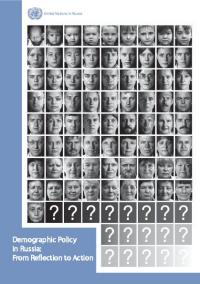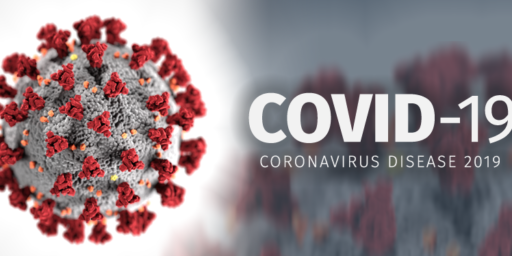Russia’s Hypermortality
 Martin Walker reports on a distressing new phenomenon in Russia.
Martin Walker reports on a distressing new phenomenon in Russia.
An alarming new word has been born. It is “hypermortality,” which might be defined as an extraordinary tendency toward death. It jumps from the first page of the U.N. Development Program report entitled Demographic Policy in Russia. “The Russian phenomenon of hypermortality comes to be observed primarily in working-age populations,” it says. “Compared to the majority of countries that have similar levels of economic development, mortality in Russia is 3-5 times higher for men and twice as high for women.”
What this means, the report says, is that the size of the working-age population “will fall by up to 1 million people annually already by 2020-25.” The effect of this will be to raise the dependency load (the number of young and old people dependent on those of working age) to 670 to 750 per thousand by 2020 and to 900 to 1,000 per thousand by 2025. “This will inevitably influence economic growth rates,” the report notes. “At the moment, there are no grounds to believe that the crisis will be overcome and the size of the population will be stabilized,” it adds.
These numbers are usually associated with a major war. AIDS is one major problem
“Russia has experienced a dramatic spread of HIV in just over a decade. In 1997-2007, there was a 370-fold increase from less than 1,090 to 405,427 officially registered cases,” the report says. It adds that this represents the minimum of those in contact with the HIV reporting system.
Mostly, though, it’s a societal version of post-traumatic stress disorder.
What led to this dismal state of affairs? The report does not attribute blame, but it is specific about the timing of the demographic disaster that has overtaken Russia, associating it with the “reform period” that began in 1985 with the coming to power of Mikhail Gorbachev and the tumultuous “reform period” that followed, which included the fall of the Soviet Union. “In the nearly two decades of the reform period, a segment of the population living on the verge of poverty expanded and multiplied, exhibiting habits and factors contributing to risk: alcoholism, smoking, improper nutrition, avoidance of healthcare, and psychological stress,” it says, seeking to explain the “hypermortality” phenomenon.
This, also, is not helpful:
Moreover, a large proportion of the Russian workforce may be too drunk to function. Almost one male death in three is alcohol-related. “The increase of alcohol consumption from 10 to 15 liters and an almost simultaneous increase in mortality suggests the central role played by alcohol to mortality, in average up to 426,000 per year in 1980-2001. Alcohol-related deaths total 29.6 percent of total mortality for men and 17.0 percent for women,” the report says.
The Russian government is obviously concerned and taking some measures to combat these problems but the early signs are not hopeful.
For the complete report, see Demography and development in Russia





My understanding is that the problem is worst in Far East Asian Russia. I understand that whole villages and towns are being abandoned as the population collapses. I also hear that Chinese populations in Russia’s Far East, while still relatively small, are growing sharply.
I honestly don’t know how Russia expects to hold on to its Far East.